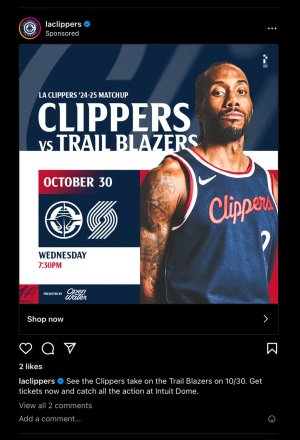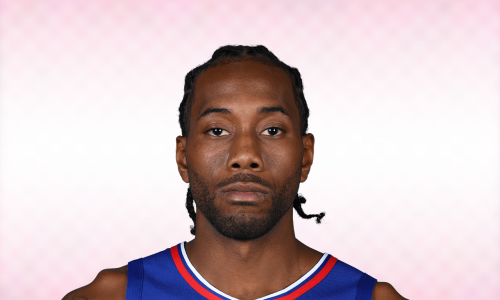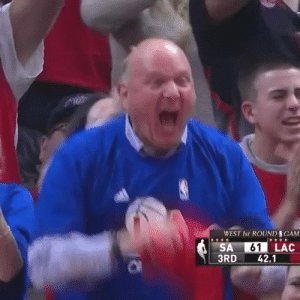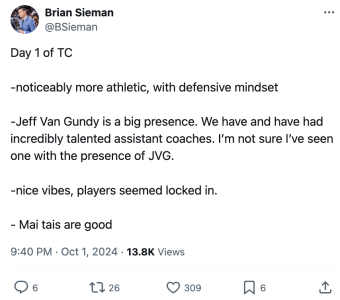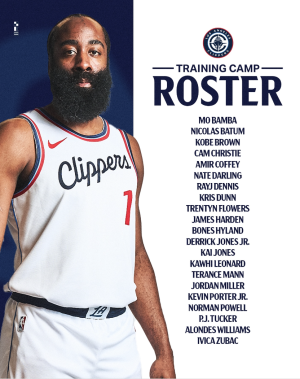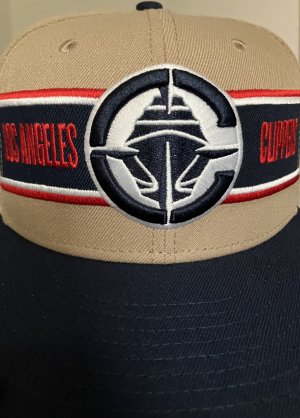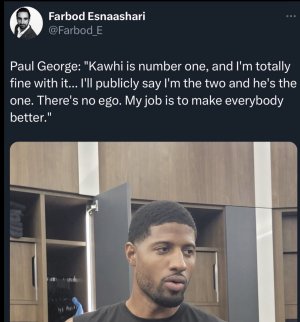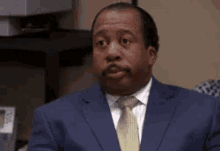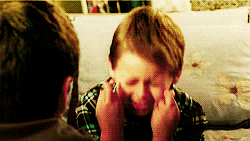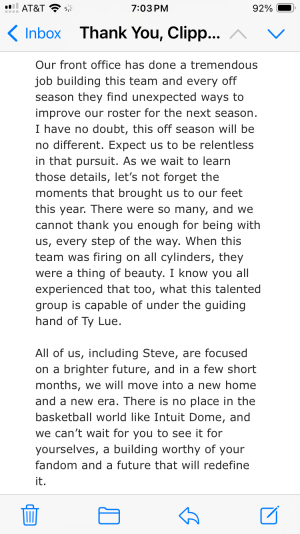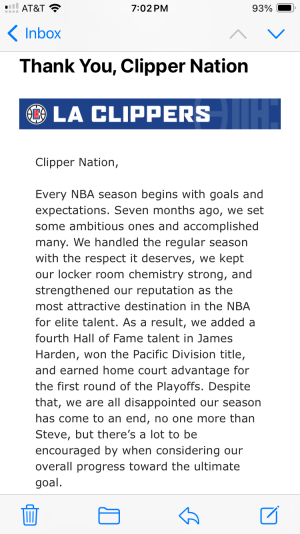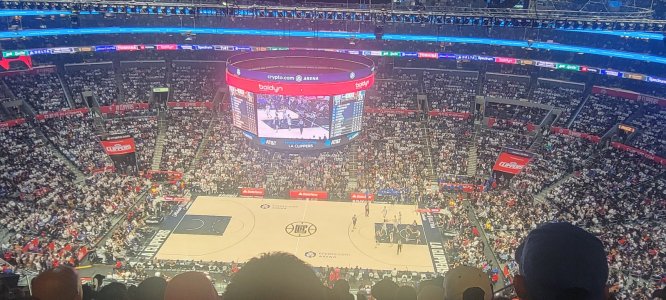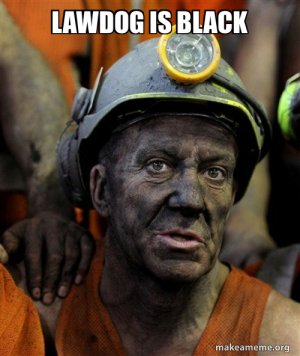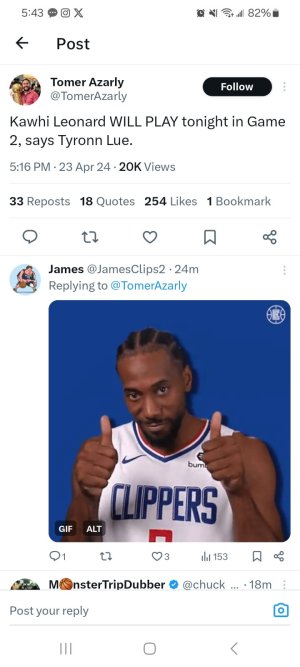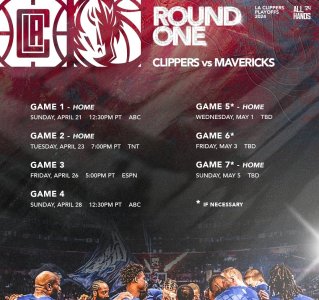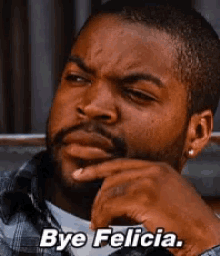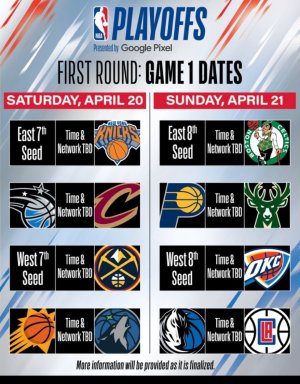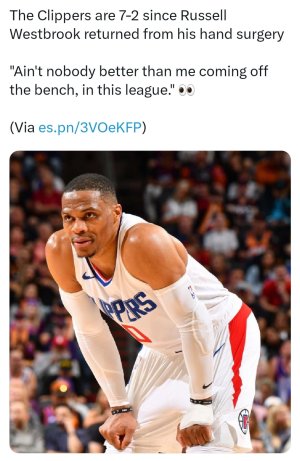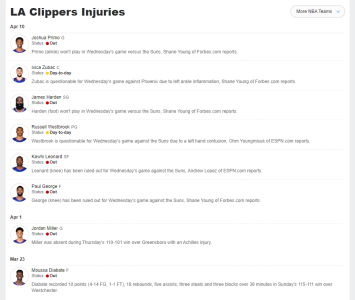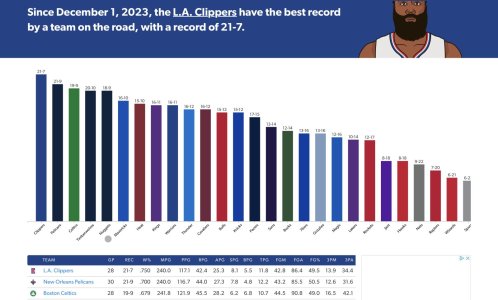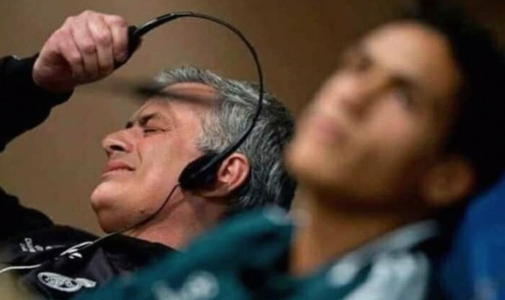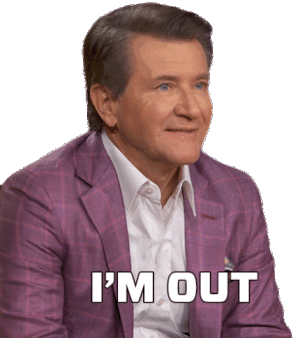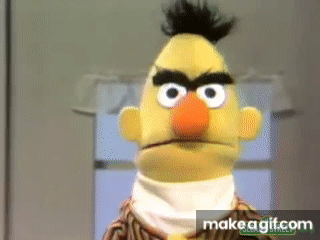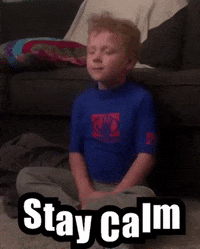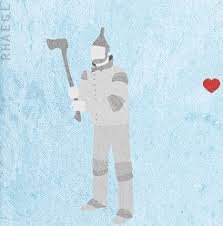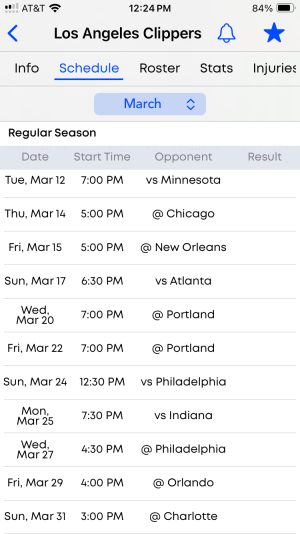[h1]59. J.J. Redick, SG, Clippers[/h1]
There’s no problem at all if J.J. Redick, 32, never has another season as good as his 2015–16 campaign. He was just that good last season, scoring 16.3 points, shooting a league-leading 47.5% from deep, posting a whopping 114 offensive rating per NBAWowy.com and dropping a career-high 17.5 Player Efficiency Rating. L.A. got by for long stretches of the season without All-Star forward Blake Griffin in large part because Redick was the most finely tuned version of his lethal catch-and-shoot self. Thanks to years of backcourt chemistry between Redick and Chris Paul, the Clippers boasted the NBA’s sixth-best offense even though Griffin, a 20/10 monster, barely played after Christmas. Although a vast majority of Redick’s offensive value requires his teammates’ involvement, via timely passes and diligent screens, he’s such a pure and practiced shooter that he could function effectively for virtually any coach and point guard who bothered to call his number repeatedly. What’s more, Redick should probably get a little more 3-and-D love than he does, given that the Clippers’ defensive rating slipped three points when he left the court last season and he grades out respectably by Synergy’s analysis. While Redick isn’t going to shatter any backboards or posterize many seven-footers, his precision offensive contributions, defensive effort and overall veteran stability were worthy of a good jump up SI’s Top 100 rankings this year.
(Last year: No. 93)
+ His 596 points in catch-and-shoot situations ranked third in the NBA. His eye-popping 1.52 PPP in spot-up scenarios ranked in the 100th percentile, per Synergy Sports
+ His 47.5% three-point shooting last season was the second-best mark in NBA history for any player taking at least five attempts
– He’s averaged one block shot for every 384 minutes he’s played during his 10-year career
– Is this the last go-around in LA? He will be 33 when he hits free agency next July
20.
DeAndre Jordan, C, Clippers
Every year, Jordan seems to clarify his understanding of when and how to use size to his advantage. It’s more difficult to bait him out of position now than it was a year ago—his bad tendencies whittled down through experience. Jordan will never be the picture of defensive discipline, but slowly he’s grown into the kind of consistent interior presence that can carry a contending-level defense. His influence begins with the fact that players prefer not to challenge him. Clippers opponents attempted 3.5 fewer shots at the rim per 36 minutes last season when Jordan played, according to Nylon Calculus—one of the widest margins in the league. Jordan’s liftoff is so quick and his reach so wide that he reshapes the thinking behind an otherwise ideal shot attempt. That’s power—especially now that Jordan is staying down more often and positioning himself more effectively. Jordan wouldn’t be ranked where he is on this list, though, if not for his offense. Anything more than a few dribbles veers outside his comfort zone. Jordan took just 46 shots (out of 50

last season outside the restricted area and four outside the paint, converting poorly on all of them. He doesn’t pass well and costs his team points whenever he’s fouled. What Jordan does do is dunk nearly every ball he touches within range of the basket, and work himself within that range with a dogged persistence. Uncanny athleticism gives Jordan more physical space to work with than nearly every other player he comes up against. An easy finish is so often only a lob pass away; being able to jump higher and run faster than nearly every other center in the league gives Jordan access to a different plane. Defenses have little choice but to treat his cuts and rolls as imminent threats. His gravity can pull three defenders out of position and thus out of their scheme without Jordan ever touching the ball.
(Last year: No. 29)
+ Shot 83.6% off of paint touches last season—which doesn’t include those possessions in which opponents hopelessly fouled
+ One of the game’s most committed and prolific defensive rebounders
– Awful enough free throw shooter that he costs himself playing time
– Limited offensive range makes him very dependent on playmakers
last season outside the restricted area and four outside the paint, converting poorly on all of them. He doesn’t pass well and costs his team points whenever he’s fouled. What Jordan does do is dunk nearly every ball he touches within range of the basket, and work himself within that range with a dogged persistence. Uncanny athleticism gives Jordan more physical space to work with than nearly every other player he comes up against. An easy finish is so often only a lob pass away; being able to jump higher and run faster than nearly every other center in the league gives Jordan access to a different plane. Defenses have little choice but to treat his cuts and rolls as imminent threats. His gravity can pull three defenders out of position and thus out of their scheme without Jordan ever touching the ball. (Last year: No. 29)












